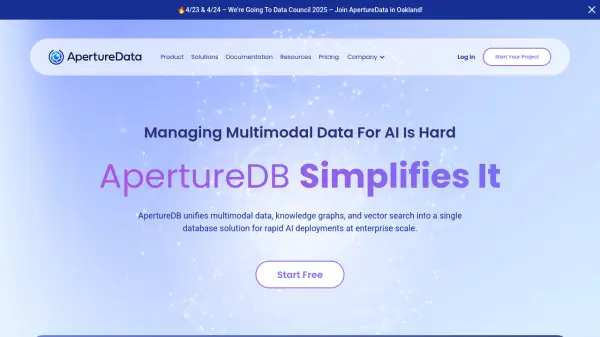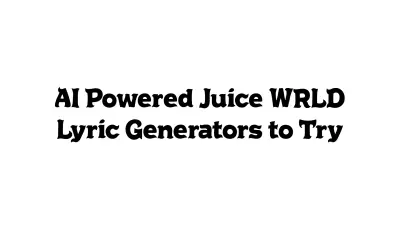What is ApertureDB?
ApertureDB offers a specialized database solution engineered to address the complexities of managing multimodal data within Artificial Intelligence projects. It functions by unifying diverse data types, including text, documents, images, and videos, alongside knowledge graphs and vector search capabilities into a single, cohesive platform. This integration significantly streamlines the data management process, allowing AI teams to focus on innovation rather than infrastructure setup.
The platform facilitates accelerated AI application development by simplifying critical workflows. ApertureDB supports efficient ingestion of complex multimodal datasets, generation of embeddings, object detection, and dataset enhancement for machine learning preparation at scale. It enables the creation of advanced applications such as sophisticated search and retrieval systems, accurate generative AI models (including Agents and RAG workflows grounded in proprietary data), centralized AI/ML data management for training and classification, and enhanced visual debugging, ultimately reducing deployment timelines and infrastructure overhead.
Features
- Purpose Built For Multimodal Datasets: Natively manage and augment text, documents, images, and videos for machine learning.
- High-Performance Vector Store: Efficiently index, search, and classify large collections of high-dimensional, multimodal embeddings.
- Advanced Graph Filtering: Build and update knowledge graphs with metadata and apply advanced filtering without complex schema updates.
- Unified Database Solution: Combines multimodal data management, knowledge graphs, and vector search in one platform.
- Scalable Architecture: Built to handle billions of metadata entries and offers cloud-agnostic deployment.
- Pre-built Workflows: Automate and simplify the management, ingestion, and enhancement of multimodal datasets for AI.
- Cloud-Based Jupyter Notebooks: Run development notebooks in the cloud without requiring local installation or setup.
Use Cases
- Enhance search and retrieval across diverse data types using vector and knowledge graph technologies.
- Build accurate and context-aware generative AI applications, Agents, and RAG workflows grounded in proprietary data.
- Centralize and simplify AI/ML data management for model training and classification dataset preparation.
- Improve visual debugging by quickly detecting anomalies and errors in AI workflows.
- Accelerate AI application deployment by simplifying multimodal data infrastructure management.
- Manage large-scale retail automation data for tasks like product placement analysis.
Related Queries
Helpful for people in the following professions
ApertureDB Uptime Monitor
Average Uptime
98.99%
Average Response Time
136.83 ms
Featured Tools
Join Our Newsletter
Stay updated with the latest AI tools, news, and offers by subscribing to our weekly newsletter.











